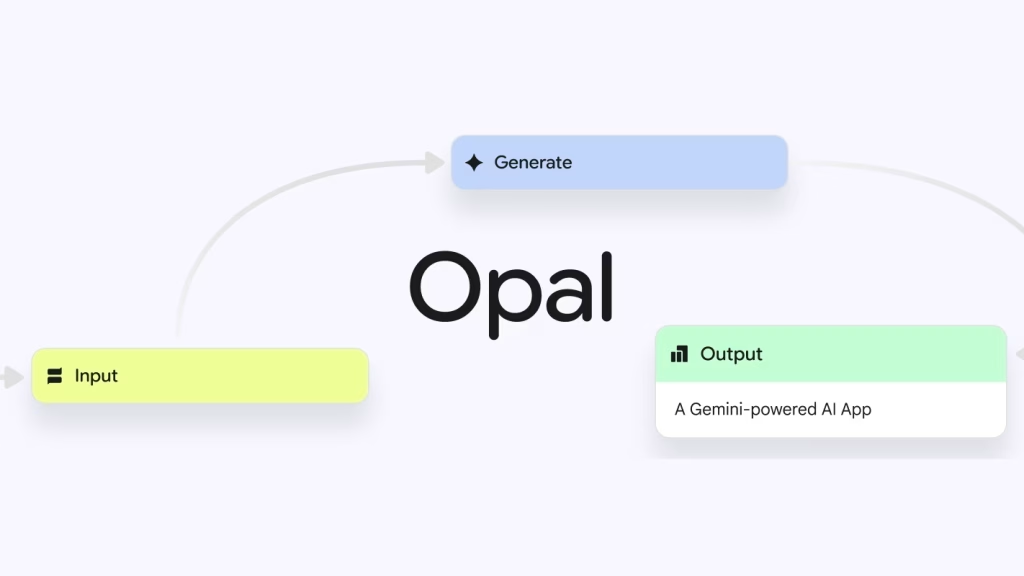Opal AI Mini-App Builder Expands to Over 160 Countries
Google has significantly broadened the global accessibility of Opal, its innovative no-code AI mini-app builder, now making it available in more than 160 countries. This substantial expansion, announced on November 6, 2025, represents a major step in Google's mission to democratize AI, putting powerful app creation tools into the hands of a much wider audience of creators, businesses, and developers worldwide. The move follows a successful phased rollout since its initial debut.
Global Rollout Underlines Google's AI Accessibility Push
Opal first launched as a Google Labs experiment in July 2025, initially available exclusively in the United States. Following positive early adoption, Google executed a first international expansion in September and October 2025, bringing Opal to 15 additional countries. This included key markets such as Canada, India, Japan, South Korea, Brazil, and Argentina, among others. The latest update dramatically scales this reach, expanding the platform's footprint from these 15 countries to an impressive total of over 160 nations. Google's official blog highlighted the company's commitment to enabling more creators globally, noting the diverse and practical AI applications already developed by early users.
Enhanced Features for Streamlined AI App Creation
The expanded version of Opal arrives with several key enhancements designed to improve the user experience and application development process. At its core, Opal allows users to build AI-powered mini-apps using natural language commands, eliminating the need for traditional coding. This is achieved through a visual workflow builder that uses a drag-and-drop interface, enabling users to chain together prompts, AI models, and various tools.
Among the recent upgrades are advanced real-time debugging tools, which allow creators to precisely identify and fix errors at specific steps within their visual workflows. This significantly streamlines troubleshooting. Performance has also seen notable improvements, with Google reporting "dramatically" reduced startup times—previously up to five seconds—and the introduction of parallel workflow execution. This means multiple steps in complex applications can run simultaneously, leading to faster processing. The platform also boasts a more responsive user interface.
Strategic Integrations and Market Reception
Opal's design emphasizes integration, with expectations for seamless connections with Google Workspace applications such as Gmail, Docs, and Sheets. Plans also include third-party tool integration, potentially with platforms like Slack and Trello. Users retain the ability to fine-tune AI responses, tailoring them for specific industry needs and use cases, which is a powerful customization feature.
Industry analysts are largely positive, viewing Opal as a pivotal tool for democratizing AI. They suggest it empowers non-technical individuals to create sophisticated workflows and mini-apps, potentially disrupting traditional software development. Professional reviewers have praised its ease of use and rapid prototyping capabilities. Early user feedback has also been encouraging, particularly regarding the improved debugging tools and enhanced performance. Experts anticipate Opal will accelerate AI adoption across various sectors, including marketing, legal, healthcare, education, and real estate, by lowering technical barriers and operational costs. However, Google has not yet published official global pricing details for Opal following this expansion.
